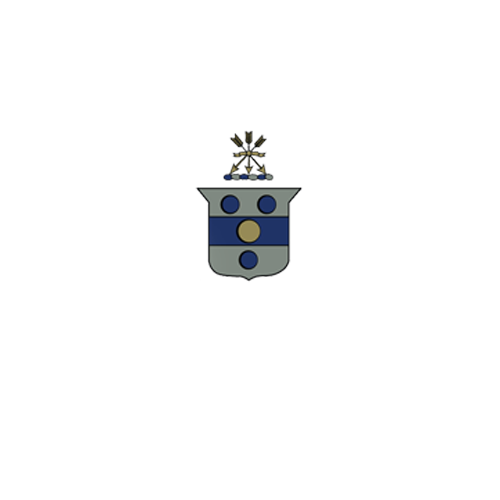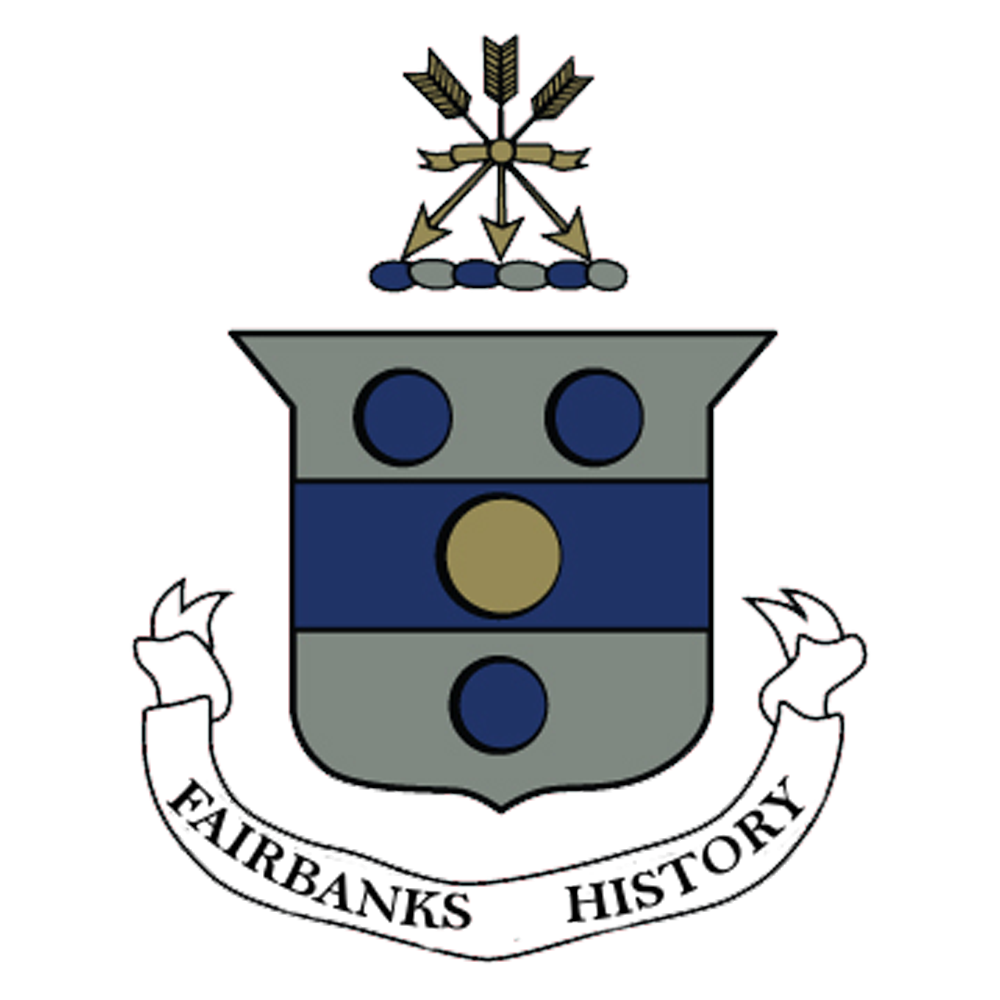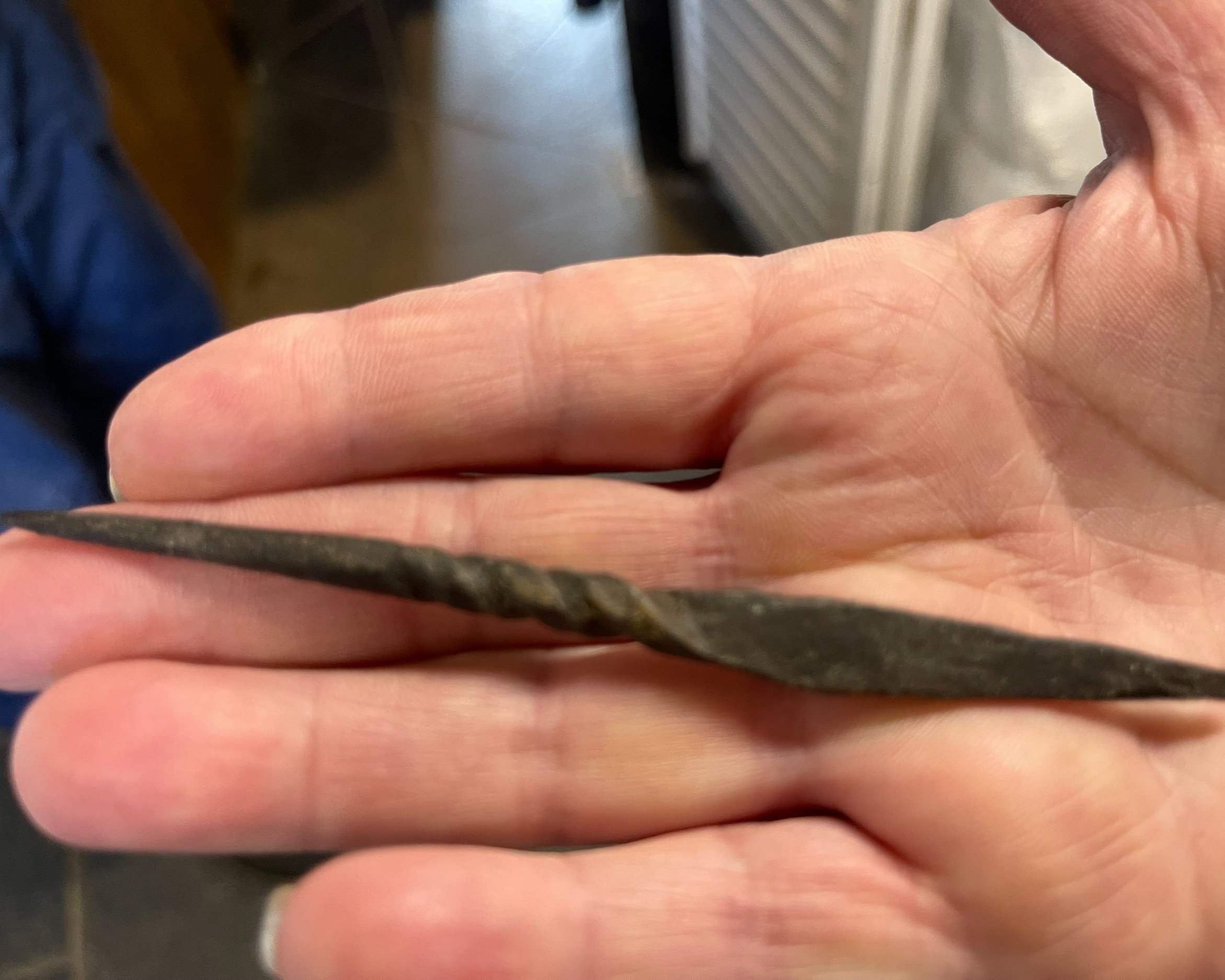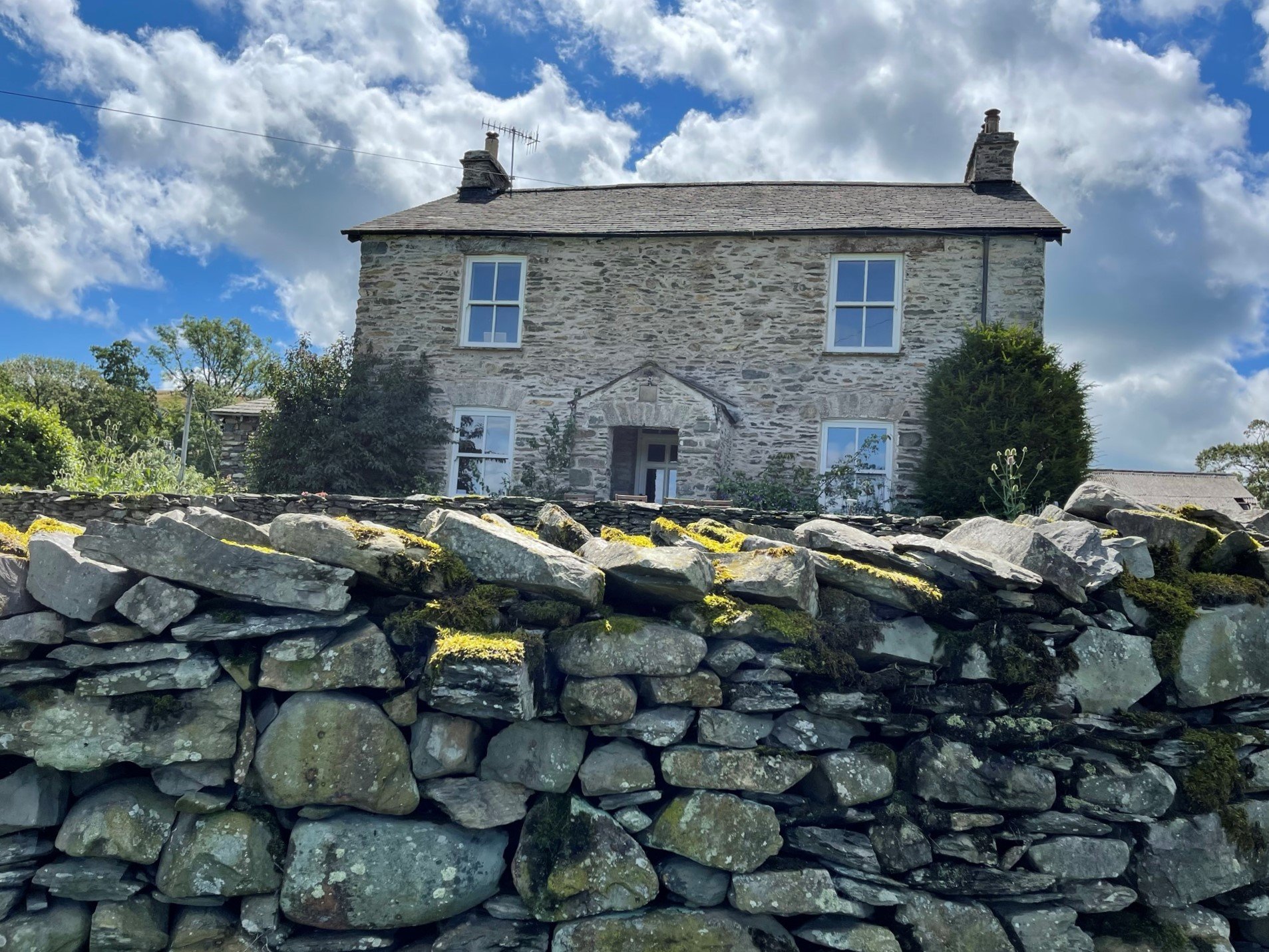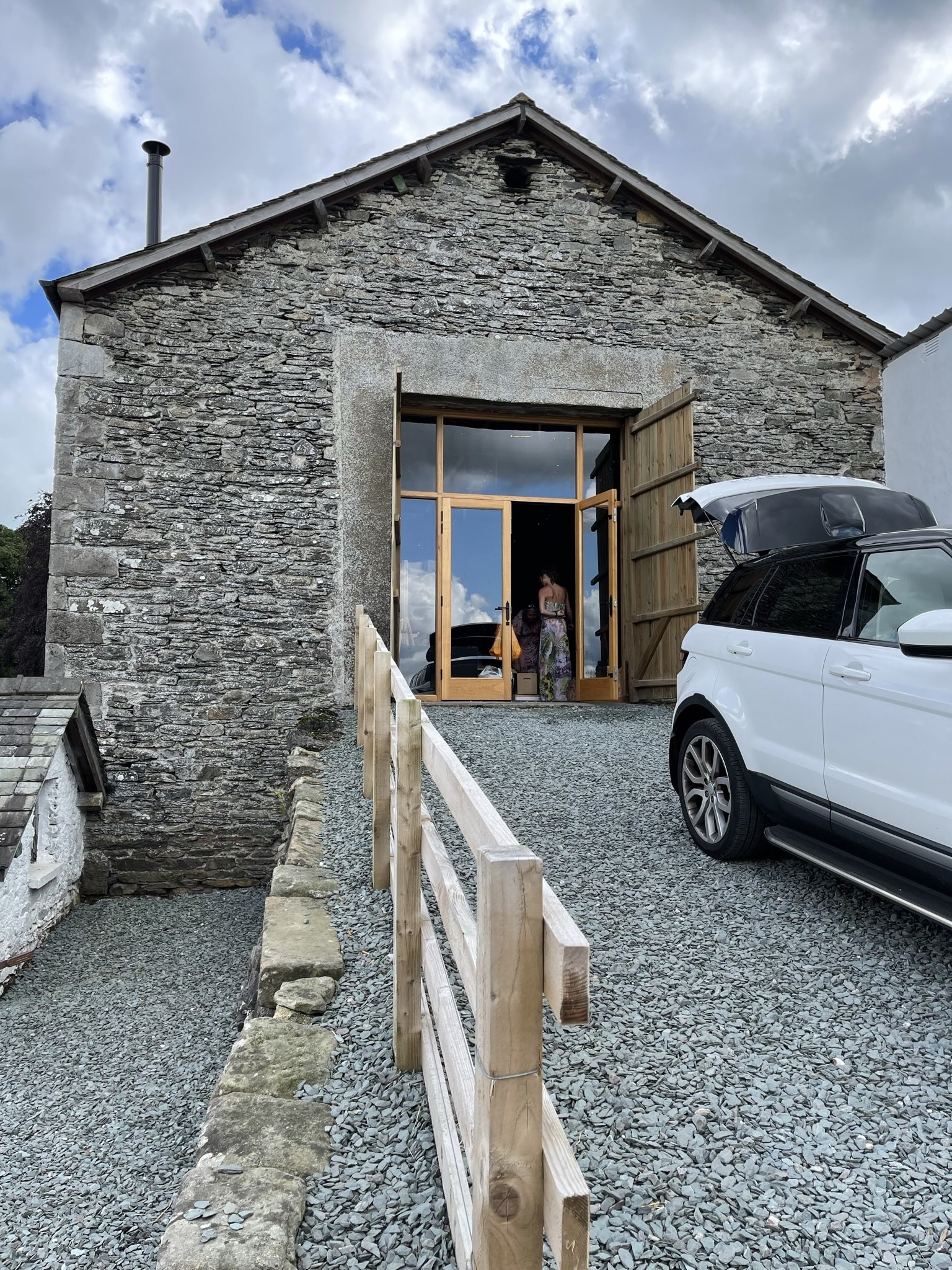Tour of England of the 1600s: Focusing on the Fairbank Family: Kendal/Ings/Staveley, Westmoreland
What’s in a Name?
We share something with our families from the 1400 century-our surnames. Before 1267, there were no records of surnames. People were given an alias or second name or nickname that placed them in an area, trade, or characteristic to distinguish them from others. When surnames did develop, many inclue a description of the place the people lived, their trade, or their father (ie: son of John = John-son) became their last name.
Mary Gawkroger Platts, wife to John Prescott and mother-in-law to Jonas Fairbanks, had a surname, Gawkroger. Yet the family included the alias, Platts. This designated that they lived in a certain fenced area in Sowerby. There were so many Gawkrogers, they needed more to distinguished them from others.
Not all people with the same surname were relatives, because of the above tradition. Many in different areas could have the surname of Weaver, Taylor, Sadler, Potter, Fowler, and Fisher.
Therefore, it is possible that in England, someone with the surname Fairbank, of various spellings, may have been people completely unrelated but still live on the fair banks of a river in another part of the country.
George Redmond, an English historian, researched Yorkshire names and the areas where they were largely located. He then looked at the migration of those people or names, making theories on the origination of the name and the family. George Redmond believes the Fairbank name originated in Ings, Westmoreland, now Cumbria, England. Redmond, George. A dictionary of Yorkshire surnames. Paul Watkins Publishing. 2015.
Its important to note that there are many spellings of Fairbank/s throughout history. Words were spelled phonetically and there was not a standard for spelling words until about 1755. Therefore, you see Fayrebanke, Fairebanke and Faurbanke. Perhaps one of the later ones was Fairbanke. Even today, the name has different spellings, Fairbank and Fairbanks. These are likely related individuals with one family choosing to drop the “e” that was common earlier and the other changed the “e” to an “s.”
The name Fairbank/s may have originate in a somewhat different way than most. Some believe the surname was first Beaumont as in Sir William Beaumont (1378-1438). He had received a great deal of land. After having fallen out with the current monarch, he was liable to lose the land. Sir William, senior, changed his son’s name from Sir Edward Beaumont (1415-1460) to Edward (Beaumont) Fairbank to protect the property.
Note: Beaumont means beautiful mountain. Fairbank would indicate a lovely place on the banks of a river. The Fairbank Farms in Ings are near the River Gowan.
Researchers, such as George Redmond, author of The Dictionary of Yorkshire Sirnames, and the Very Reverend Hiram Francis Fairbanks in Ancestry of Jonathan Fairbanks, found in the Ye Olde Fayrebanke Historical #16, located at the Dedham Historical Society and Museum in Dedham, Massachusetts, agree the Fairbank name originated in the Kendal area. A local from that area that has researched extensively there, said the name may have originated from a regular fayre for selling or trading sheep that was held on the grassy, rolling hillside overlooking the Gowan Rivir near the High Fairbank Farm of Ings,
The Way to Ings from Kendal
Kendal is a larger town near Ings that sits at the foot of the beautiful Lake District of Northwestern England. There are gentle mountains and vast lakes in the Lake Lands. One lake is even called Fairbank Lake. Hiking and biking trails abound. The residents of England use this area extensively for “holidays” or vacations. From Kendal, travel on Highway A591 west past Staveley to the small town of Ings.
The population of Ings is about 100-150 year round. During the summer, many more choose to stay there. A 1800s map held by the local researcher labeled the region Fairbank.
When you arrive at Ings, the new St. Anne’s Church greets you. New, means it was built in 1616. However, it was rebuilt in 1743. You’ll then pass the Watermill Inn and Brewery. It may have been the Reston Mill of 1272. Its an excellent place to see historical artifacts and grab a pub style meal while looking over the River Gowan. Both are worthy of a visit while you are there.
River Gowan and its residents. Ings, Westmoreland (Cumbria) )England
Old St. Anne’s Church
St Anne’s Farmhouse (Old St. Anne’s Church) access near the bus stop, across A591 highway to Grass Grath Lane. Walk about 3/4 mile up to the top of the steep paved road.
The original St. Anne’s Church dating back to 1511 sits high on the hill from the highway. The St. Anne’s Farmhouse sits on a paved road (Grass Grath Lane) and is part of a hiking trail of the area. An old gentleman who is quite feeble lives there and doesn’t welcome guests of inquiries. His grown children farm the immediate area and are easily accessible when outside and are very helpful and supportive.
The High Fairbank House of 1100
On highway 591, past the Watermill Inn, is a small sign near the bus stop announcing Ings. Adjacent to it is a steep paved road that leads to the High Fairbanks House. There are three “gates” up that road. In this case a gate means an intersecting road. If traveling in late July, lush green pasturelands surround you as you hike up the somewhat steep road. A small stream bubbles and sings to the left of the road as it descends to the River Gowan at the foot of the hill. The Gowan River is the fastest running river in England making it uniquely suited for mills. In Ings, the River Gowan joins with the Kent River. in Ings.
We had no way to contact the owner or resident of the High Fairbank House before we arrived. Locals warned us that some residents of the area were welcoming and others were not. The church organist assured us that Michael, the renter at the High Fairbank House, was especially friendly. We were to knock at his door when we arrived.
A 3/4 mile walk up the steep road to the High Fairbank Farm
The stream along the road that feeds the River Gowan, the fastest flowing river in England.
Tree atop a peaty hill along the back driveway to the High Fairbank House
Michael, is a long time resident of the area who lives in the High Fairbank House, is an avid researcher of Ings and the Fairbank Farms histories. Michael invited us into the house with an infrastructure from the 1100s. He shared his many maps and books that have been the source of his knowledge besides his native understanding of the area.
Aerial view o the High Fairbank House.
Low beams above Michael’s head in the kitchen date to the 1100s. He recently found an old leather awl hidden in the crevice of the beam over the door.
The Middle Fairbank Farm, now called the Gowan Bank Farm, is a short distance northeast of the High Fairbanks Farm. However, to get to it by road, you must go 3/4 miles back to A591, go east on A591, and then almost 3/4 miles up again, south to the Middle Fairbank Farm. As an alternative, Michael, knowing we were raised on a farm in Missouri, asked if we preferred to walk the 1/4 mile through the cow pasture.
Michael pointed the way through the farm gate of High Fairbank Farm toward the well on top of a mild hill.. Then we were to follow the path made by farm machinery and cattle through farm gates until we arrived at the Middle Fairbank Farm. Of course we did. How better to relive the lives of our ancestors.
Well right center on hill.
Farm path through the pasture.
The back side of the Middle Fairbank or Gowan Bank Farm.
Gowan Bank Farm (Middle Fairbank Farm)
The Middle Fairbank Farmhouse is not the original building. The datestone signifies 1845. However, parts of the barn system look to be very old.
George is the owner of both High Fairbank and Gowan Bank (Middle Fairbank) Farms. He and his wife reside at the Middle Farm. George explained the original house was 2/3 the size of the current house. The original seemed to have three windows across the front. George runs the land as a cattle and sheep farm. It looks down the slope to the Gowan River and the new St. Anne’s Church.
George and his wife have remodeled barns and other buildings into cottages for people on “holiday” in the Lake District. They are called the Gowan Bank Farm Cottages.
Remnants of an ancient barn. The addition is more recent construction. Gowan Bank Farm (Middle Fairbank Farm)
Looking over the Gowan River and the St Anne’s Church of Ings from the Middle Fairbank Farm.
Fairbank Wedding Barn (Lower Fairbank Farm)
As we left the pleasant conversation with George, we asked the best way to the Lower Fairbank Farm. He indicated the shortest way was across the pasture about 1/2 mile, but that would be very difficult. He suggested we walk down to Ings, take A591 east until we saw the markers for the Fairbank Barn Wedding Venue. Luckily a kind local gave us a ride, taking us across the river and under the elevated railroad and about 3/4 miles up the steep drive way. The Fairbank Wedding Barn website shares an excellent view of the landscape of the area.
Our thanks go to Wendy, the organist at the newest St. Anne’s Church of Ings for showing us the interior of the church, giving us local information, and putting us in touch with a relative there. Thanks also go to the others who helped us experience our heritage in this area. Michael of High Fairbank Farm, George of Middle Fairbank Farm, Clara and Nick, of the Fairbank Barn Wedding Venue were so kind to let us see the actual property and buildings. The daughter of the owner of St. Anne’s Farm, showed us the remnants of the old church and drove us to the Low Fairbank Farm when we were walk weary.
Time for Refreshment at the Watermill Inn
Menu at the Watermill Inn, Ings.
Bangers and Mash, traditional food of England. This happens to be bangers and fries, served at Windmill Inn, Ings
Kendal, Cumbria (Westmoreland) England
St. Thomas Church, Kendal, Cumbria, England
A clue that the Fairbank family of Kendal migrated to the areas near Halifax is found in Richard Fairbanke’s will. It is recorded in the Exchequer Court of York, Richard died in Heptonstall in 1517. He asked that his body be buried in Heptonstall. However, he wills money to his father and to a chapel in the Kendal area from which he says he was born. The money to the chapel was to pay for masses for his salvation. Richard is believed to be a relative of the Heptonstall Fairbank that were discussed in a previous blog.
While you’re in Kendal, sample their world famous Kendal Mint Cakes. They are popular in this high energy hiking and biking area. These mint cakes have even been to the top of Mount Everest.
We have covered a lot of the West Yorkshire and Westmoreland of the 1600s, exploring the Fairbank/s heritage. We have gone to the origin of the Fairbank/s name, to the place of many marriages and births in Halifax, then on to the land in Sowerby the Fairbanks owned. At Thornton-in-Craven, we visited homes and churches of John Fairbanks, Jonathan Fairbank’s father. Jonathan Fairbanks’ family resided there a few years while they were still in England. Our 1600s tour is not finished, but it will branch out to other limbs of the family in the next blog.
Up Next
Shevington, Standish, and Wigan, Lancashire County, England, believed to the the home of John Prescott, a friend of Jonathan and Grace Fairbanks and the father-in-law of their son, Jonas.
